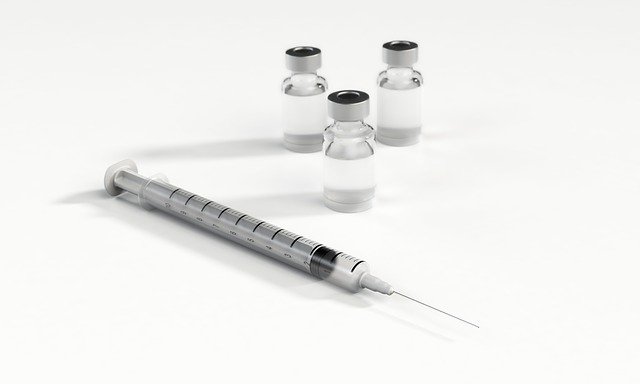Although good pig management practice can help to minimize disease outbreaks in swine, diseases are inevitable just like in humans.
Common pig problems are difficulty in breathing, cough, runny nose, or pneumonia, and over-the-counter antibiotics drugs can help with these diseases.
It has become common to add small quantities of antibiotics into diets for piglets and fattening pigs to prevent pneumonia especially before it occurs.
However, antibiotics are not only added to animal feeds to prevent or get rid of problems, but they are also used for feed management and to promote growth.
Antibiotics have two roles they play in Pigs:
- To prevent the appearance of microbial infections, which are characterized by diarrhea and a concomitant reduction in animal growth.
- To promote improved digestibility of the diet.
The common reason pig farmers use antibiotics in pork production is to reduce microbes in swine and enhance the absorption of the nutrients in pigs.
In pig production, antibiotics can be added to the drinking water or feed to help them grow faster.
It has been observed that following the addition of antibiotics to the diet, food conversion ratios improve slightly.
It seems moreover, that this improvement is greater if the diet is not ideal but not too deficient.
In addition, this situation is found in those farms that are striving to do well.
The antimicrobial activity of antibiotics is well known. This allows for the interpretation of the former of the two roles mentioned above.
As for the second, although modification of the intestinal microflora is important, the explanation is less evident.
Moreover, diets not supplemented with antibiotics may enhance appetite in piglets and increase live-weight gain.
Those antibiotics giving the best results and that are most frequently used are Terramycin, Aureomycin, and Bacitracin.
The rate of inclusion is at about 15g per tonne of diet. Two possible objections to this practice may be raised.
The first concerns the appearance of antibiotic residues in the meat and, as a consequence, their indirect indigestion by consumers of the product.
This objection appears unfounded if levels as low as 15g per tonne are used.
Concerns about the use of Antibiotics for Pigs
Antibiotics, moreover, are destroyed in the intestine and it’s impossible to detect any trace in the animal itself. This will not always be true if mistakes in formulation occur.
The second objection is more serious and concerns the appearance of strains of bacteria resistant to antibiotics.
This could place in jeopardy therapeutic treatment when such strains become widespread and cause disease.
It is understood that the selection of resistant strains would raise objections of the utmost severity.
There is some evidence that resistant strains of enterobacteria have arisen, most often following very high doses of antibiotics (50g per tonne).
Proponents of the opposing view remark that, at doses sufficiently low to achieve their primary objective, antibiotics are destroyed before entering the caecum and colon.
And these are where the major microfloral population exists; under these conditions, the development of resistant strains is highly improbable.
It is undeniable that antibiotics have a positive economic effect, however, the questions of real dangers with which they may be associated when used correctly have not been solved.
However, it is important to take care not to exceed the recommended rate of inclusion for reasons of cost.
It is essential not to confuse therapeutic levels (which are much higher) with levels when used as feed additives.








